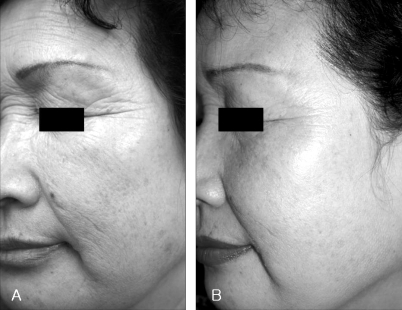@lobotomize-me lol it’s quite the opposite
Latest posts made by alfredoolivas
-
RE: Reversal of hair loss in Mice with “sugar gel”posted in Literature Review
@Hearthfire Not answering for Mauritio, but NAD+ has a molecular mass of 663g/mol, therefore due to the Dalton Rule, it is too big of a molecule too pass through the skin. NMN has a moleculer weight in the 300s, so it can enter and pass the skin.
-
RE: advantages and disadvantages of trainingposted in The Gym
@DavidPS thanks for showing me mine sweeper, I hadn’t heard of it and never had played it before. It’s a lot of fun
-
RE: Studies showing cancer reversal / shrinkingposted in Bioenergetics Discussion
@cs3000 said in Studies showing cancer reversal / shrinking:
William koch only used it for 1 or a few injections mostly (combined with protein aka methionine restriction while its doing its thing to boost response further) .
At what does did Koch use it for injection?
-
RE: Reversal of hair loss in Mice with “sugar gel”posted in Literature Review
@Gaston I was thinking, thank god I don't have hair loss, so I don't need to dwelve deep into this research. These guys are onto another level lol, much respect.
-
RE: Zero fiber for gut irritation?posted in Not Medical Advice
@gg12 too much liquid irritates my gut even more
-
RE: Protocol for improved facial collagen synthesisposted in Bioenergetics Discussion
@DavidPS Hyaluronic acid is made endogenously as well. The precursors, UDP-glucuronic acid and UDP-N-acetylglucosamine are made during glycolysis.
So keeping the metabolic rate high should help provide hyaluronic acid too
-
RE: Protocol for improved facial collagen synthesisposted in Bioenergetics Discussion
@DavidPS said in Protocol for improved facial collagen synthesis:
The general rule is that the longer the wavelength the deeper the light penetrates into the skin. However, when the light wavelength lengthens to the infrared (IR) region, the penetration depth of the light decreases because water in the tissue absorbs IR light.
This is true but doesn’t take account wavelengths affinity for cytochrome C oxidise. Wavelengths around the 660nm value (red light) have the greatest affinity for cytochrome C oxidase acoding to Peat. I think their affinity for cytochrome C oxidase makes up for their lack of pentetration.
All wavelengths of light even FAR infrared light probably are absorbed by cytochrome C oxidase despite some far wavelengths being heavily absorbed by water.
For example, a study showed that a single laser of far infrared radiation applied to the base of the foot (which is largely dead skins ?) for a short period of time was able to substantially decrease blood sugar and cortisol. That can’t happen if it isn’t absorbed by cytochrome c oxidase.
-
RE: Protocol for improved facial collagen synthesisposted in Bioenergetics Discussion
@Cezar red light but also infrared light - Infrared light / infrared radiation are wave lengths of light that aren’t visible to the eye. They are heavily emitted by heat lamps / chicken lamps.
Infrared light has similar benefits to red light, including infrared including stimulating collagen synthesis , and it has the benefit of being less invasive than red light + a lot cheaper.
Effects of Infrared Radiation on Skin Photo-Aging and Pigmentation

I have two 150W heat lamps directed towards my face on either sides of my desk, and I just work infront of them. Despite the high wattage, most of the light produced is invisible/infrared and it’s like having normal two desk lights pointed at my face, it’s not very bright at all . It allows me to get at least an hour of direct facial exposure to ALOT of infrared radiation + a bit of red light. I also put one on the side of the bed and nap whilst laying on the side of my body, with my face facing the infrared light as I sleep. It’s maybe 10cm away from my face.
I’ve noticed a big reduction in eye bags, despite sleeping less due to being so busy. I haven’t kept an eye on facial collagen but I think it would really help based off of my experience